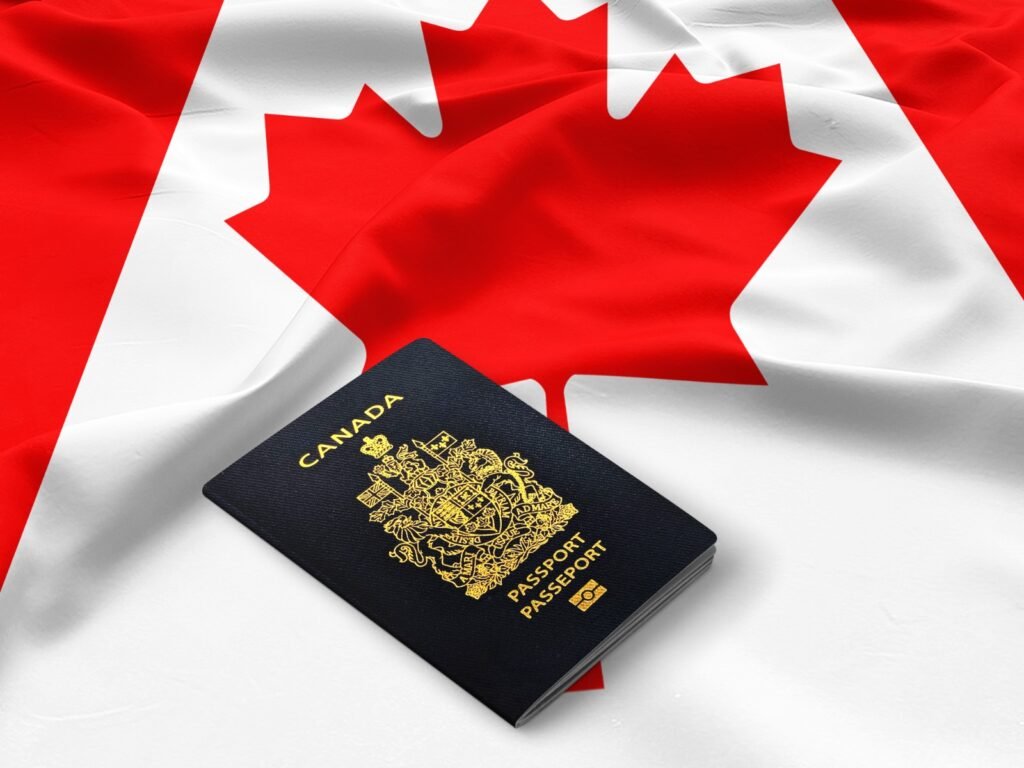Canada is one of the most welcoming countries for skilled professionals, including social workers. With a growing demand for social services, the Canadian government has opened various immigration pathways for qualified individuals. If you are considering immigrating to Canada, this guide will walk you through the essential steps to make your transition smoother.
Why Choose Canada as a Social Worker?
Canada has a robust social service system and an increasing need for social workers to support its diverse population. From mental health services to child protection, social workers play a crucial role in improving lives. Moreover, Canada offers high-quality healthcare, a strong economy, and a high standard of living, making it an ideal destination for professionals in this field. Canada work visa requirements vary depending on the type of visa and job offer.
Step 1: Check Your Eligibility
Before immigrating to Canada, you must determine if you meet the basic requirements. The key factors include:
- A recognized degree in social work or a related field.
- Work experience in social services.
- Language proficiency in English or French (IELTS or TEF exams).
- Registration or licensure as required by Canadian provinces.
Step 2: Choose an Immigration Pathway
There are multiple immigration pathways available for social workers. The most popular ones include:
Express Entry Canada
This is the fastest and most popular way for skilled professionals to immigrate. Social workers can apply under the Federal Skilled Worker Program (FSWP). The selection is based on a Comprehensive Ranking System (CRS) score, which considers factors such as age, education, work experience, and language skills.
Provincial Nominee Program (PNP)
Each Canadian province has its own PNP that targets skilled professionals. Social workers are in demand in provinces like Ontario, British Columbia, and Alberta. A provincial nomination can boost your Express Entry score, increasing your chances of obtaining permanent residence.
Atlantic Immigration Program (AIP)
If you are considering moving to Canada’s Atlantic provinces (New Brunswick, Nova Scotia, Prince Edward Island, and Newfoundland and Labrador), the AIP may be an excellent option. This program helps employers hire foreign social workers to fill local labor shortages.
Rural and Northern Immigration Pilot (RNIP)
For those willing to work in smaller communities, the RNIP provides an opportunity to immigrate to Canada and contribute to rural areas.
Step 3: Get Your Credentials Assessed
To work in Canada, social workers must have their foreign credentials assessed by designated organizations such as the Canadian Association of Social Workers (CASW). This process ensures that your education and experience meet Canadian standards.
Step 4: Register with a Provincial Regulatory Body
Social workers in Canada must be registered with a regulatory body in the province where they intend to work. Here are some examples:
- Ontario: Ontario College of Social Workers and Social Service Workers (OCSWSSW)
- British Columbia: British Columbia College of Social Workers (BCCSW)
- Alberta: Alberta College of Social Workers (ACSW)
Each province has specific requirements, including additional exams or supervised practice.
Step 5: Apply for a Canada Work Visa or Work Permit
Having a job offer can significantly increase your chances of immigrating to Canada. Social workers can apply for a Canada work visa or Canada work permit based on their job offers. Here are some ways to secure employment:
- Use online job portals like Job Bank, Indeed, and LinkedIn.
- Network with Canadian professionals in social work organizations.
- Contact potential employers and apply directly.
- Consider temporary work permits while waiting for permanent residence approval.
Step 6: Apply for Permanent Residency through Express Entry Canada
Once you have a valid immigration pathway and necessary documents, you can apply for permanent residency in Canada. This process involves submitting an online application, paying fees, and undergoing medical and security checks. If successful, you will receive a Confirmation of Permanent Residence (COPR) and can move to Canada.
Step 7: Settle in Canada and Join the Canada Work Program
After arriving in Canada, you will need to take steps to settle successfully:
- Apply for a Social Insurance Number (SIN) to work legally.
- Open a bank account and find suitable housing.
- Enroll in language and settlement programs if needed.
- Familiarize yourself with the local community and workplace culture.
The Canada work program supports new immigrants in finding job placements and adapting to the workforce.
Final Thoughts
Immigrating to Canada as a social worker can be a life-changing decision. With a clear understanding of the process, meeting eligibility requirements, and following the right steps, you can build a fulfilling career in Canada’s thriving social services sector. Whether through Express Entry Canada, PNP, or other pathways, Canada offers excellent opportunities for social workers looking to make a difference.













